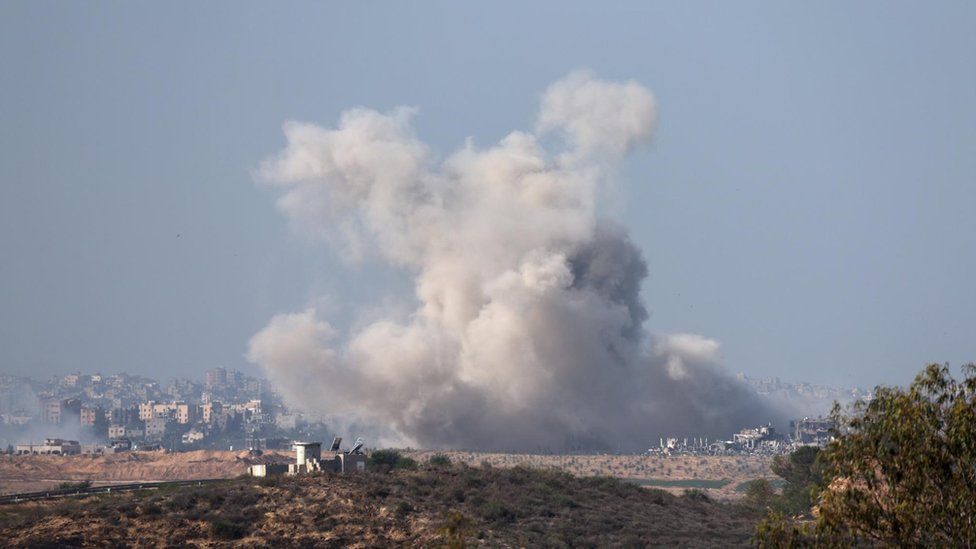-

-
-
Loading

Loading

The fighting between Israel and Hamas resumed on Friday morning, marking the end of a seven-day ceasefire. The ceasefire had allowed for the release of hostages and prisoners, as well as the delivery of much-needed humanitarian aid to the Gaza Strip. Prior to the ceasefire's expiration, the Israel Defense Forces (IDF) reported that rockets were being fired from Gaza, which they intercepted. The IDF accused Hamas of violating the ceasefire agreement and initiated airstrikes on Hamas targets in Gaza. Israel's Prime Minister Benjamin Netanyahu claimed that Hamas had refused to release additional hostages, also violating the terms of the agreement. However, Hamas placed the blame on Israel, accusing them of rejecting offers to release other hostages. They blamed US President Joe Biden for supporting Israel's actions. Hamas vowed to continue their resistance against Israeli aggression. Within seven hours of the fighting resuming, more than 60 people were reported killed by the Hamas-run health ministry in Gaza. James Elder from UNICEF described the situation as terrifying and witnessed the fear on people's faces in a hospital where he was present during a strike. He noted that the hospital was overcrowded and families had been living there for weeks. Prior to the ceasefire, Gaza had experienced widespread destruction as Israel retaliated against Hamas's attacks. Thousands of buildings were damaged, and humanitarian aid was halted during the fighting. Talks are ongoing to reach a new agreement, but for now, the conflict has resumed. Israel's military has shifted its focus to the south of Gaza, and they have created a map divided into more than 2,000 zones to help civilians prepare for future fighting. Israeli jets dropped leaflets over certain areas instructing residents to evacuate to shelters. US Secretary of State Antony Blinken had recently met with Israeli officials and emphasized the need to protect civilians and critical infrastructure in the next stage of the conflict. During the ceasefire, Hamas released hostages, including Israeli women and children, as well as foreign hostages. Palestinians held in Israeli jails were also released. Nevertheless, an estimated 140 Israeli hostages remain in captivity in Gaza.